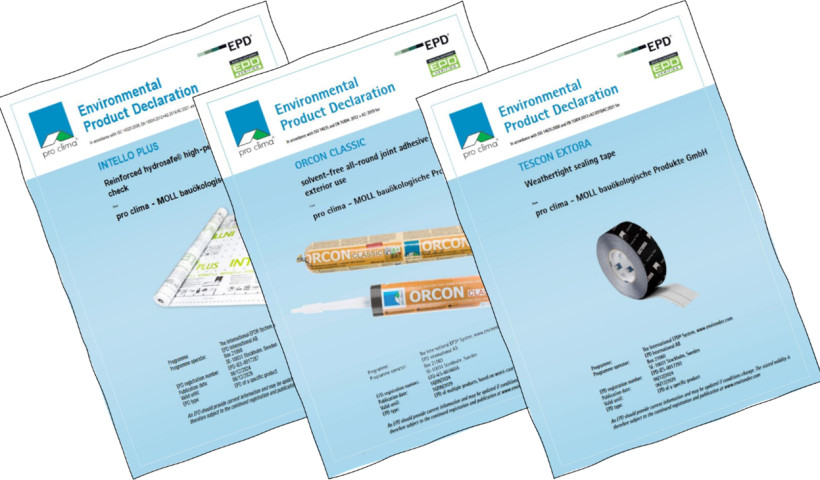
Roland Alderton of RJ Alderton Builders in Hamilton has built his adventure-loving family a three bedroom 98m² ski lodge in National Park Village. This holiday home is designed to meet the extreme external weather and at the same time deal with challenging internal moisture demands faced in this climate with wet ski-gear.
Roland is passionate about energy efficiency and sustainable building practices, and because of this chose to incorporate pro clima’s INTELLO airtightness system along with R-2.6 insulation under the floor, R-5.2 in the ceiling and a combined total of R-3.8 in the walls. These external walls are made up of a 90mm stud insulated to R-2.6, overlaid with INTELLO, then an internal service cavity insulated with a further R-1.2 before being finished in a hard-wearing plywood lining. The service cavity does what it says on the tin — carrying electrical services and occasionally plumbing — but most importantly means the main bulk of insulation in the walls is continuous, untouched (by trades) and performing at its maximum possible rating.
There is a good deal of moisture created from several families using the ski-lodge together, so ventilation becomes pretty important, even before including the drying room to ensure ski-boots and clothes are ready for the next day on the slopes of Ruapehu — essential for any alpine adventurer’s place. Dedicated whole-house ventilation is supplied by a Comfoair 350 from Zehnder. This heat recovery ventilation system keeps the internal air fresh, stabilises the humidity levels and most importantly, recovers the majority of heat from the exhaust air — giving it to the incoming fresh air. This recovery has been evident in the very low amount of heating required. In Roland’s case he can measure this by the number of gas bottles per month required. Heating is supplied by a Vaillant gas condenser boiler powering radiators.
New Zealand-style aluminium windows were installed with a thermal break as well as low-e glass in the double-glazing. The joints between the aluminium and the timber liner were taped to help increase the airtightness to prevent heat loss via convection.
It has not all gone perfectly. Roland now cannot rely on the internal temperature inside to indicate time. "We've had to change the way we know when it's time to go to bed so we can get up in the morning for another day’s skiing. We can't rely on ‘it's too cold I'm going to bed' anymore," he says.
Finally, when they are away and the house is closed up for a period of time, the ventilation system keeps ticking away at a very low speed to ensure the house is fresh and free of mould while drawing less power than the freezer.
Roland’s next plan is to build a low energy show home in Hamilton. For more information, contact Roland at RJ Alderton Builders or Pro Clima can put you in touch: 0800 proclima













 Case Studies
Case Studies








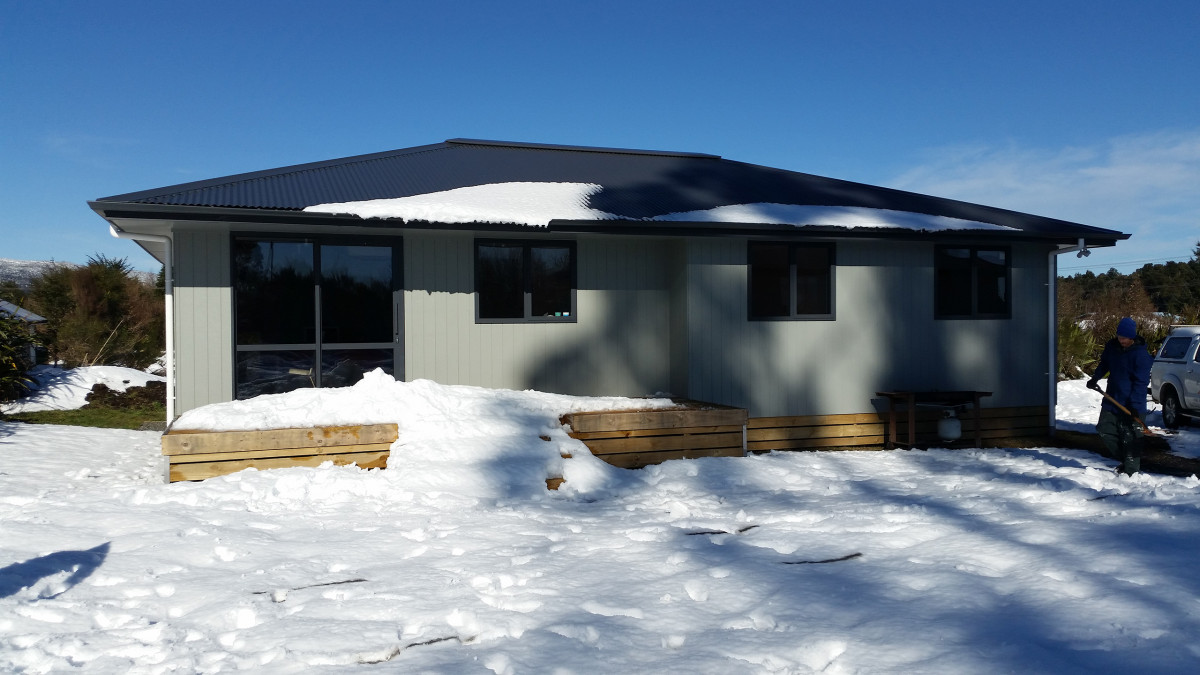
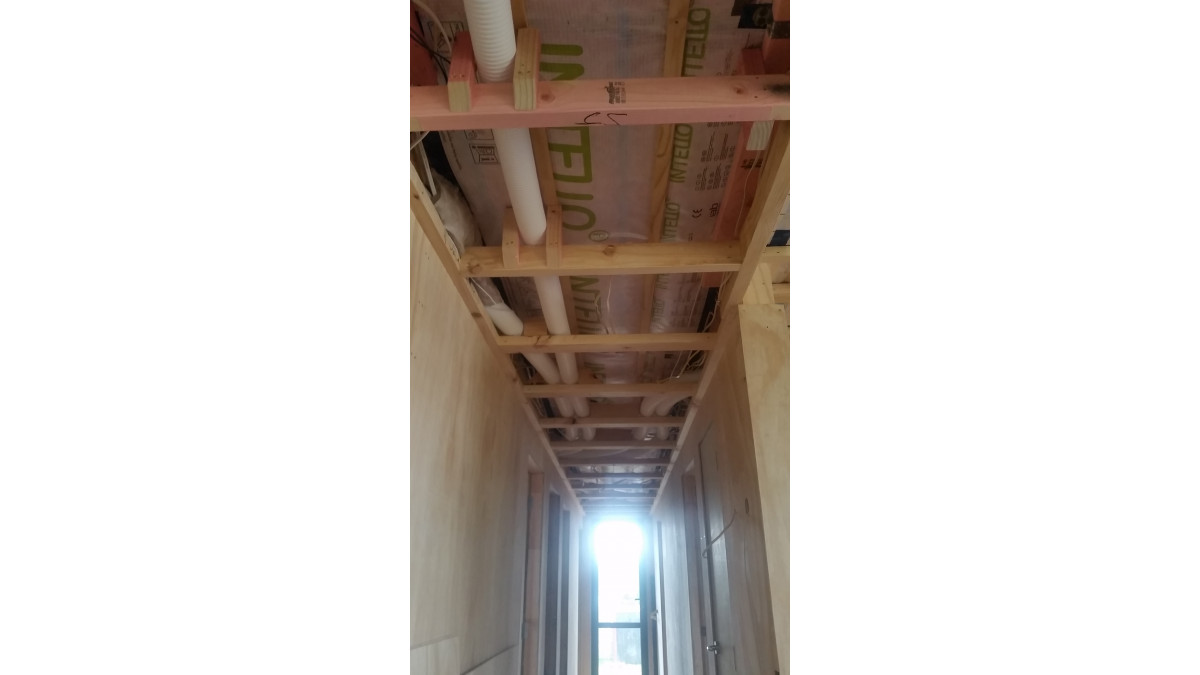
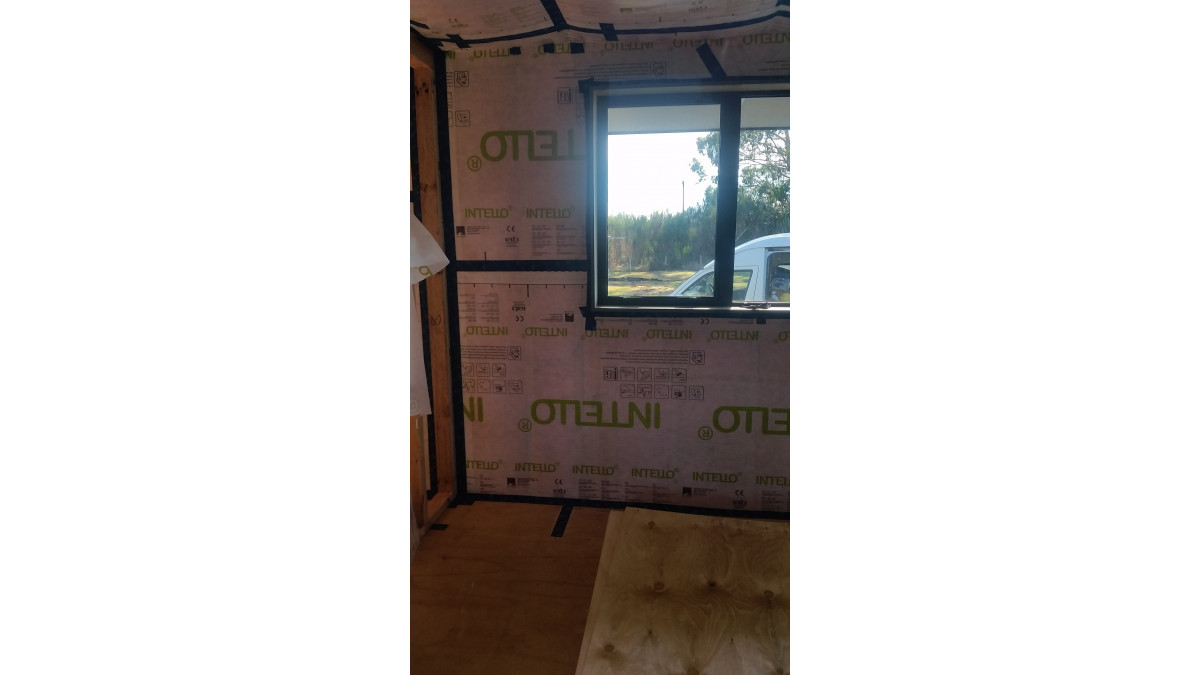
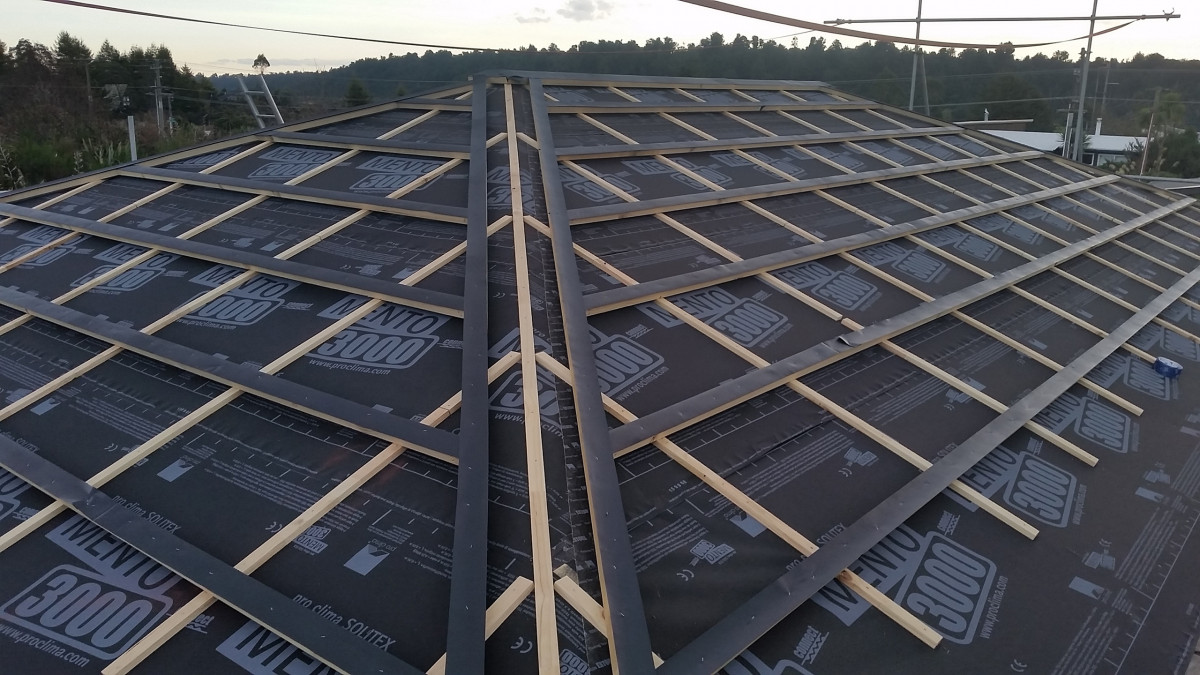
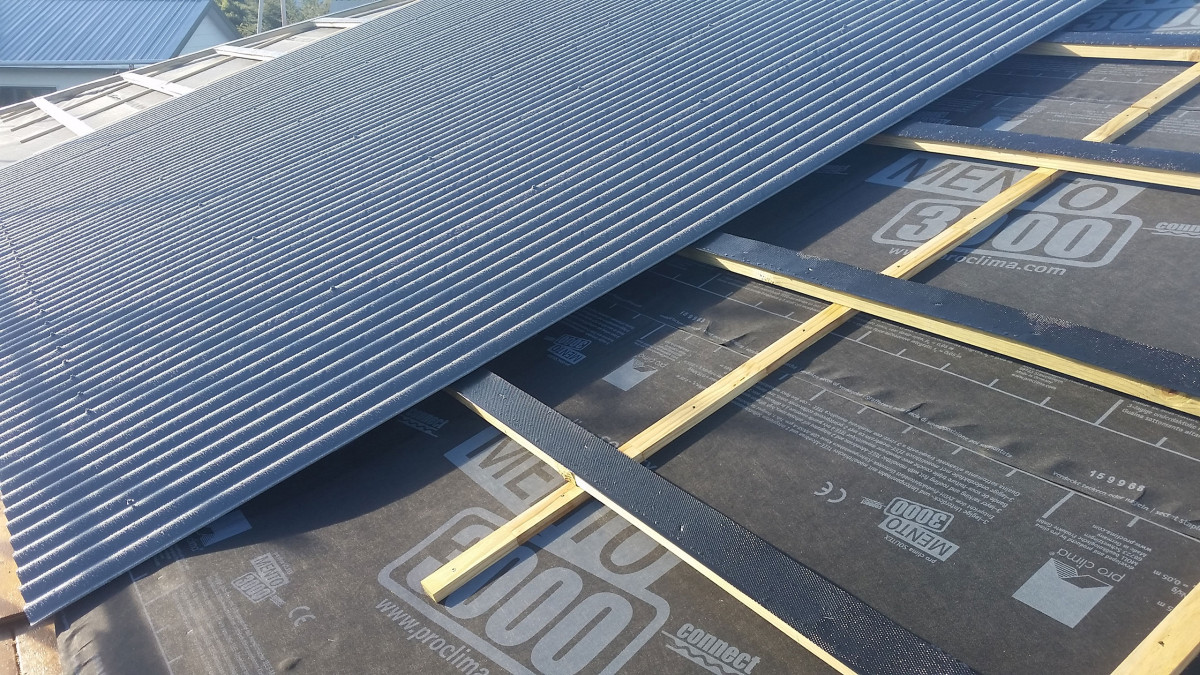



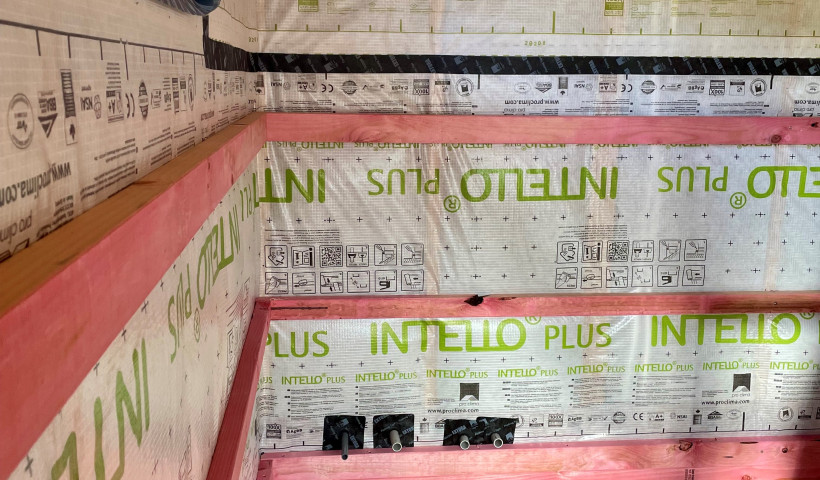
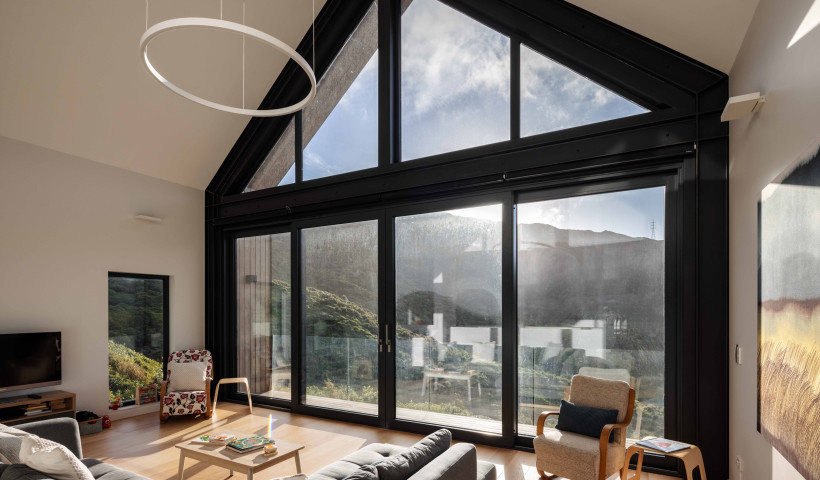
 Popular Products from pro clima
Popular Products from pro clima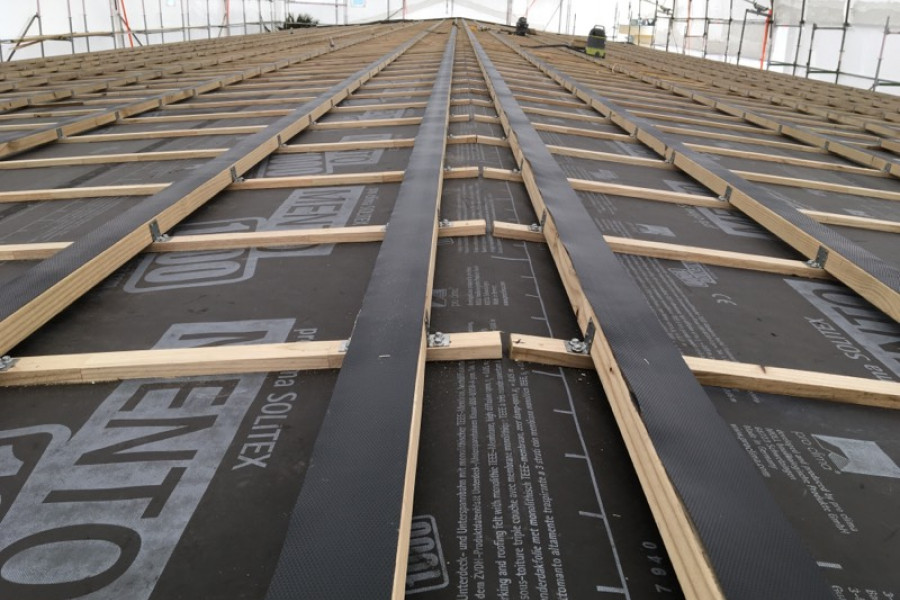
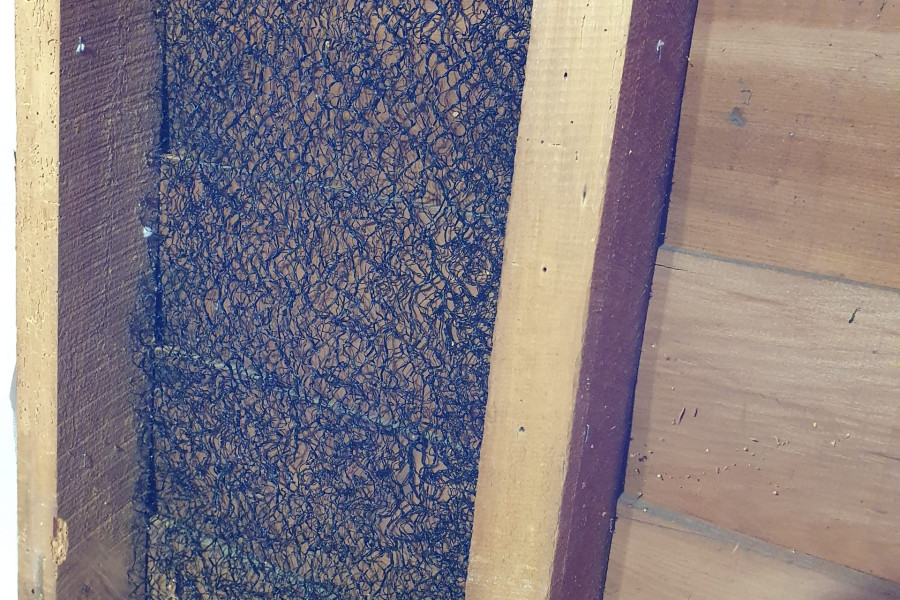
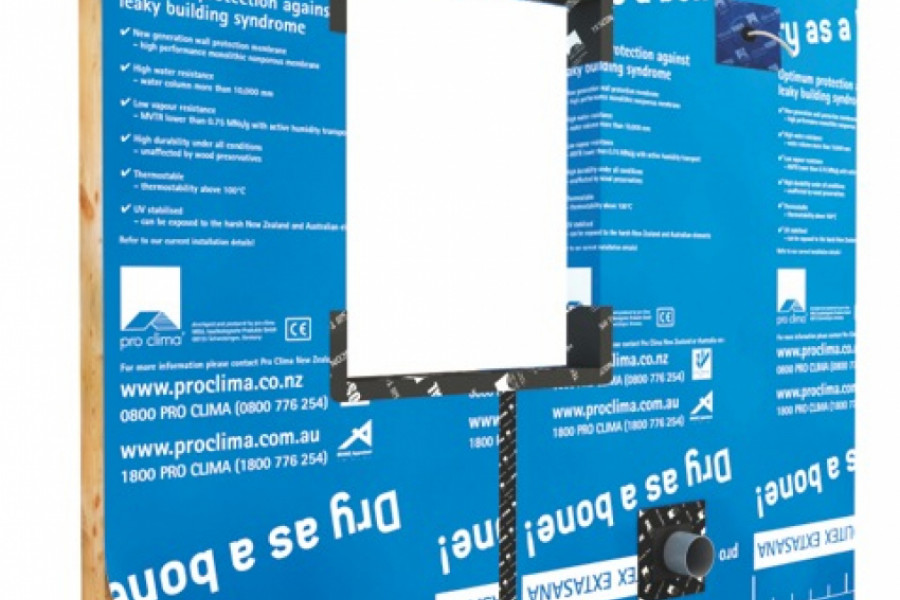
 Posts by Pro Clima Technical
Posts by Pro Clima Technical
 Most Popular
Most Popular


